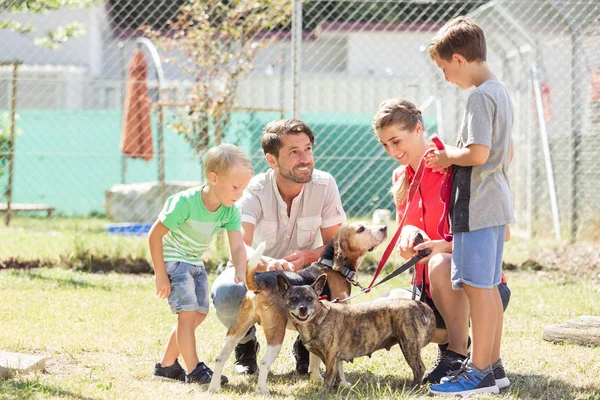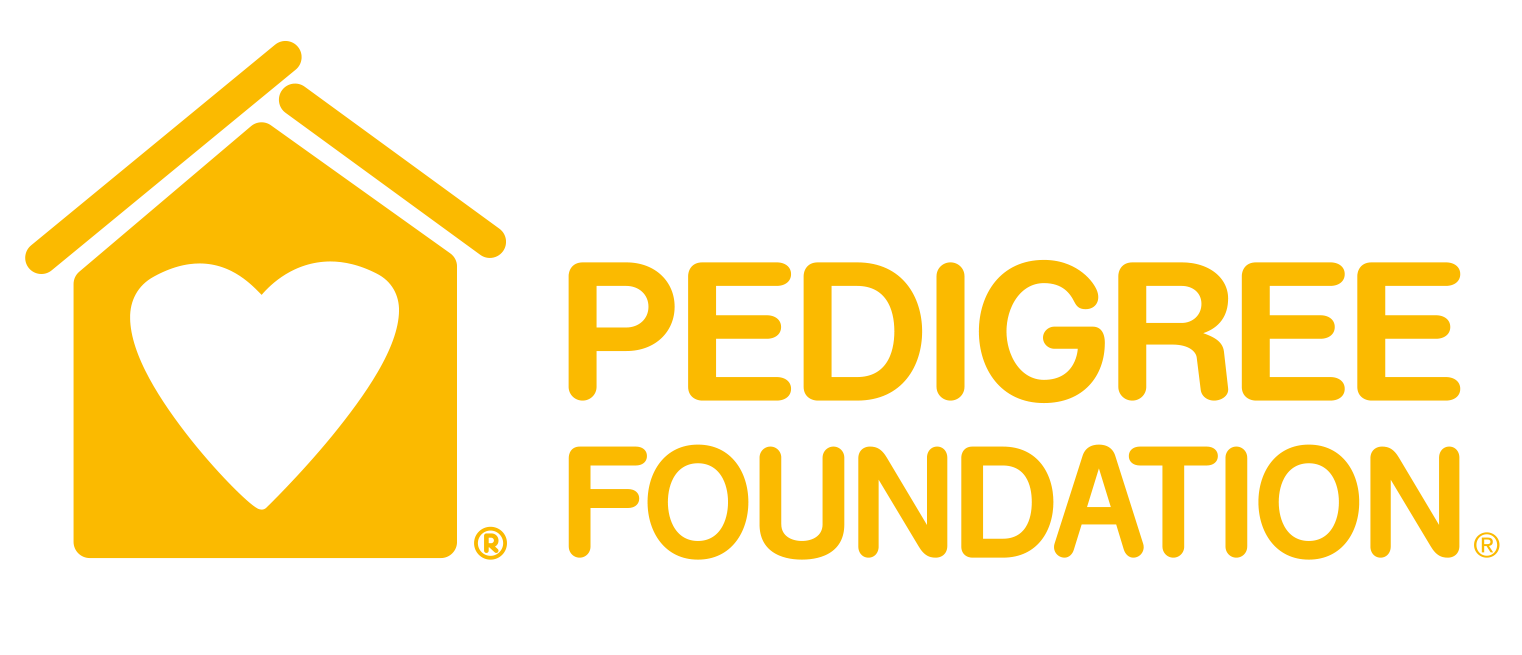Owner surrendered pets make up the second largest category for shelter intake, contributing over a quarter of intake cases annually in national data, and over 14% in HASS pilot shelters. They are an important population to address if shelters are to alleviate the overcrowding many have seen since the effects of the COVID-19 pandemic began to fade. The data on owner surrenders also shows a pattern that likely contributes to the extra strain on resources and space that shelters typically see in the summer months. Both in Shelter Animals Count (SAC) national data and among the 22 HASS pilot organizations, owner surrenders have shown a tendency to peak during the second and third quarters (April – August) of each year.
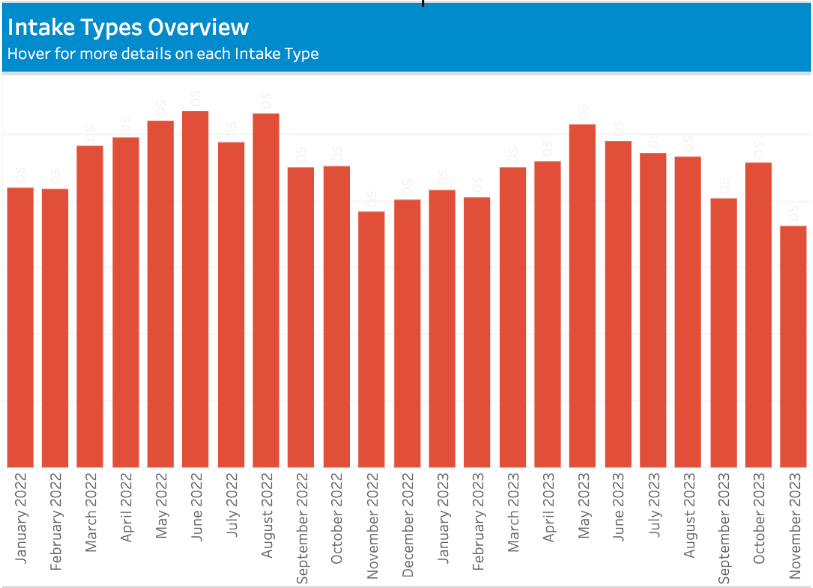
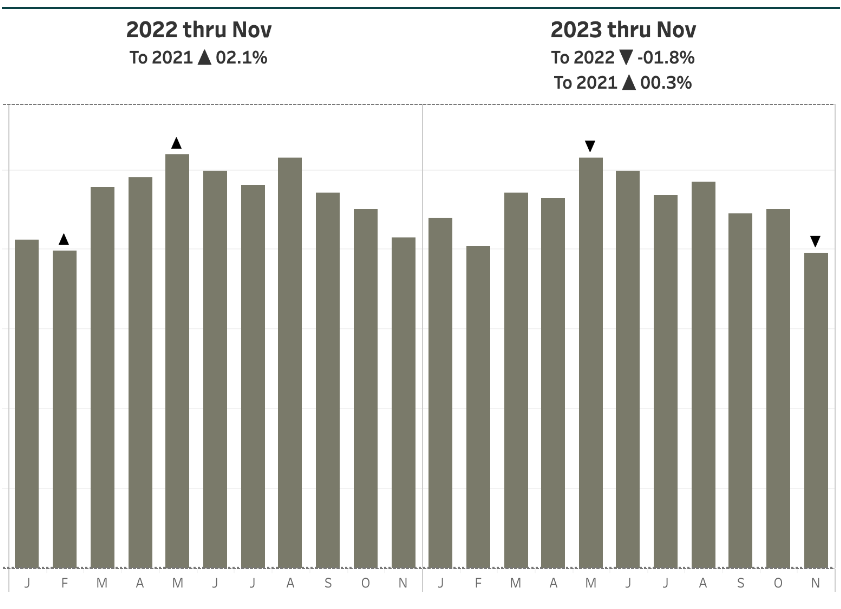
Luckily, effective and positive alternatives to owner surrender are becoming more possible. Pet owners now have new opportunities to safely and responsibly rehome their pets outside the shelter with the help of technology. Various platforms like Home to Home, Rehome by Adopt a Pet, and Get Your Pet offer an avenue that allows pet owners to connect with many more potential adopters. Self-rehoming of pets can benefit all involved. Pets avoid the stress of landing in a shelter. Their humans may feel better if they know where a beloved companion is going and empowered to ensure the pet goes to a loving home. Shelters may see less overcrowding; and if shelters can reduce the surge in intake during those busy summer seasons (i.e., quarters 2 and 3), shelter management becomes easier.
In 2022, HASS pilot shelters that had simply referred pet owners to a pet rehoming platform saw 739 pets rehomed in their communities through the Rehome by Adopt a Pet platform alone. This indicates that many people do find the platforms useful and want to rehome their pets themselves.
But can more be done to better address your community’s needs for pet rehoming?
Offering a rehoming platform alone is not enough for many people, and the data supports this. The most successful self-rehoming program that we’ve seen uses a case management approach to provide extra support for people wanting to rehome a pet.
Greenville County Animal Care, a HASS pilot shelter, runs a robust Supported Self-Rehoming Program. Kaycey Adair, Case Manager, heads the program, which aims to keep animals in loving homes and out of the shelter. “In my experience, genuine support makes a real difference. When people are considering surrendering a pet, it’s often a tough situation. Merely telling them to post won’t suffice; they need to feel genuinely cared for,” says Adair.
Here’s how it works at Greenville: When pet owners contact the shelter for surrender, they are first informed about the self-rehoming platforms. Kaycey utilizes two supported platforms, and each is linked on Greenville County Animal Care’s rehoming website. There, they also provide a step by step roadmap for how pet owners can go about finding a new home outside of the shelter. Greenville takes things a step further to support the pets and humans involved. Not only does Kaycey assist those looking to rehome through one of the platforms by offering guidance and posting tips, she also provides assistance with spay/neuter through Greenville’s shelter, and follows up to learn more about the outcomes. “When I check in with folks and notice they’re not making headway, I step in to tweak their pet’s pictures and bios. Surprisingly, this often results in them keeping their pet for a bit longer. It’s those extra moments that we manage to keep the pet out of the shelter that make a big difference,” she adds.
Kaycey’s hands-on approach prioritizes a community-centered solution first, but what do the numbers say?
In 2023, 1,592 dogs and cats were published to Greenville’s Home to Home page, alone. Of those, 81% (1,284) found placement outside of Greenville’s facility. Only 9% (72 cats, 74 dogs) of the posted animals were surrendered to the shelter. The remaining pets were either kept by their original owners, or are still posted on the website. The figures highlight the significance of adopting a case management approach for a supported self-rehoming program.
Kaycey tracks her case management data in a spreadsheet. This spreadsheet is utilized for marking who needs more assistance, the date when the last check in was performed, tracking the animals outcomes, and note-keeping. Keeping qualitative and quantitative data surrounding your Supported Self-Rehoming program ensures a holistic, community-centered view of your impact.
The HASS data team also recommends setting a KPI for supported self-rehoming programs. These KPIs should reflect what your goals are, to ensure the program is performing well. For example, Greenville County Animal Care focuses on tracking rehoming cases that are supported by the shelter and do not end up resulting in a shelter surrender. This is a great way to track how effective the program is in diverting intakes in a positive way.
When is the best time to get started? The answer is: Now!
To learn more about integrating a supported self-rehoming process in your shelter, check out our HASS Playbook!
The playbook includes a complete collection of how-to guides created to help implement or enhance community-oriented programs focusing on the HASS Pathways: pet support services, lost pet reunification, supported self-rehoming, and intake-to-placement. Each playbook section is accompanied by a self-assessment tool that allows organizations to evaluate current operations and provides customized playbook guide recommendations based on responses. In the supported self-rehoming section you’ll find rehoming resources, technology solutions, data tracking, implementation best practices, and marketing and communications suggestions.
